What Are the Pre-preparations for Jewelry Setting?
Materials, Tools, Equipments and The Jewelry designs
The first and most important part of the preparatory work for a gemstone setting is to know the two main types of materials: precious metals and gemstones. We can rationally utilize the materials and make effective designs when we know the characteristics, types, facets, application methods, and processing techniques of common precious metals and stones. Secondly, the tools and equipment for gem-setting are the environmental conditions for the implementation of this process. We need to know how to use the tools and equipment and the corresponding use links and then be able to utilize them flexibly. Finally, the aesthetic value of gemstone inlay in jewelry design is mainly about the inlay triggered by the expansion of the jewelry design thinking of the preliminary preparation. Only by understanding the advantages of the gemstone material itself and its possibilities can we fully use inlay in jewelry design rather than simply taking it as a fixed gemstone craft.
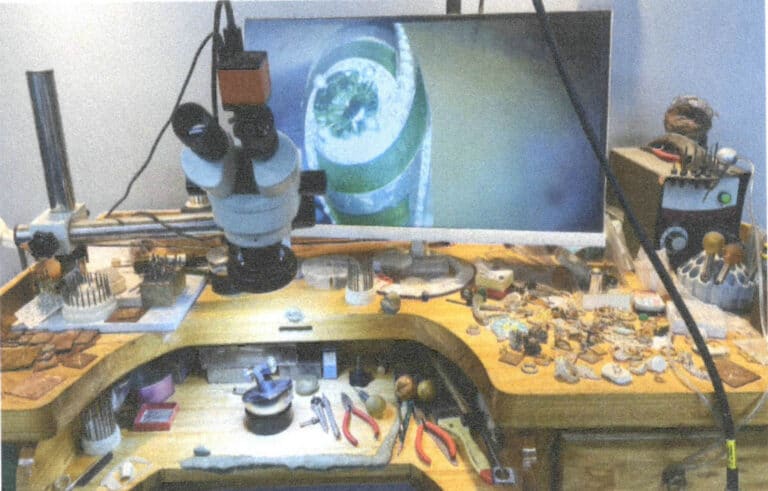
Setting Workbench
Obsah
Section I Gem Inlay Materials
The main materials for gem inlay are precious metals and gems. A gem of immense value is often the centerpiece of a piece of jewelry, while the metal structure is designed to complement the gem, sometimes even being minimized. Occasionally, suitable gems are chosen for inlay based on the design. Although the reasonable use of gems can enhance the value of a piece of jewelry, metal is the most essential jewelry material. Below, we will explore the significance of these materials for inlay from different perspectives.
1. Precious metals
In jewelry settings, gold (Au), silver (Ag), and platinum from the platinum group are the most important and commonly used metal materials. Due to their good stability and flexibility against oxygen and other reagents, they are widely used in jewelry and craft utensils that complement gemstone settings. These three types of metals also have high value due to their limited reserves in the earth’s crust and the difficulty of mining and extraction. Gold and silver have both served as circulating currency, thus carrying symbolic meanings of wealth when used to make jewelry; they are what we commonly refer to as precious metals. With the need for mass production, people’s technical requirements for metal content ratios, processing, and other aspects have continuously improved, leading to the emergence of high-quality gold and silver alloys such as 18K gold and 925 silver. These alloys have greater hardness and stability than pure gold and silver. They are suitable for making and wearing, making them more popular in the jewelry market and commonly used in gemstone settings.
1.1 Gold
According to scientists, the estimated gold resource reserves in the earth’s crust are about 48 trillion tons, but most of it is distributed in the core and cannot be mined. Only 9.6 million tons are found in the crust, and about 4.4 million tons are in seawater. In ancient Rome, gold was the name of the goddess of dawn, and the ancient Incas compared gold to the sweat of the sun; the ancient Egyptians not only regarded gold as “the tangible sun” but also considered gold jewelry and artifacts as sacred items; gold has also been discovered and utilized in China five thousand years ago. Gold has an inseparable connection with human life. In addition to being an important material for jewelry making, gold also serves as a monetary reserve for countries, as shown in Figure 1-1. This is why, when choosing jewelry, many people often consider the value retention of gold as an important criterion for its value assessment, which inherently implies the wealth, status, and symbolic identity that gold naturally carries in jewelry.

Gold has a golden metallic luster, with a Mohs hardness of only 2.5, which is lower than that of other precious metals, making it easy to scratch and dent; however, gold has a high density and melting point, with a density of 19.32g/cm3, almost twice that of silver and a melting point of 1064.18℃. This is also why there is a saying that “real gold is not afraid of fire.” Gold is a good conductor of heat and electricity, and it does not easily oxidize, allowing it to maintain its metallic luster for a long time. Gold has excellent flexibility, with 1g of pure gold able to be drawn into a wire over 3000 meters long, which can be made into gold foil of 9m2. The traditional jewelry design and making process fully utilizes the flexibility of gold in techniques such as filigree, as shown in Figure 1-2. Due to pure gold’s low hardness and strong flexibility, it is generally unsuitable for prong settings with less metal for fixing in gemstone settings. In filigree techniques, gemstone settings are mainly done with more stable bezel settings. In modern jewelry settings, alloys such as 18K gold and 14K gold are often used to achieve rich settings methods like prong settings. From the perspective of color, gold has a stronger color sense than silver and platinum. Whether the golden yellow of pure gold or the rose red and dark gold of alloys, it can create diverse collisions with gemstones of different colors.
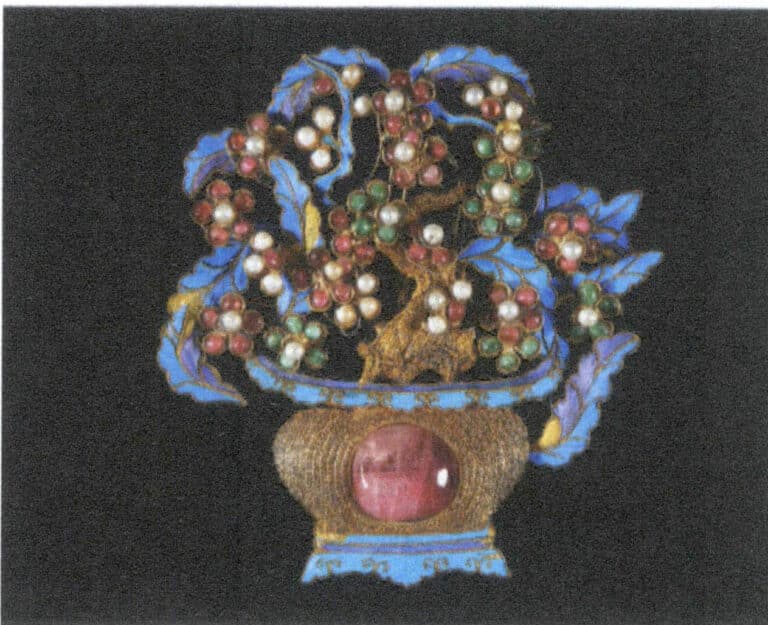
1.2 Silver
Silver presents a lustrous hue; like gold, it is one of the historically significant precious metals. This metal has left a profound mark in human history, whether in crafts or jewelry. The reserves of silver in the earth’s crust are about 15 times that of gold, but due to its reactivity, silver rarely exists in its elemental state. Natural silver mostly exists in alloys with gold or other metals. Therefore, although people in ancient times knew how to mine silver, the amount obtained was very small, and its value once exceeded that of gold.
Silver has a strong silvery-white metallic luster, pure silver with a density of 10.49g/cm3, a melting point of 961.78℃, and a Mohs hardness 2.7. Silver has good elasticity, second only to gold, and its electrical and thermal conductivity is the strongest among all metals. The disadvantage of silver is that it is prone to oxidation. In ancient times, people used this property of silver to test for arsenic (arsenic trioxide) in food, which is also an important reason why the material value of silver is lower than that of gold. Silver jewelry will develop a black oxidation layer after being exposed to air for a long time, affecting the luster and color of the jewelry itself. Therefore, silver jewelry is often electroplated to avoid oxidation.
Silver is classified by composition into pure silver and colored silver. Pure silver has the highest purity of 99.999% and can be refined using technology. Still, it is mostly used in traditional forging, engraving, and other crafts or ethnic ornaments, as shown in Figure 1-3. Like pure gold, pure silver is also unsuitable for prong setting and other setting techniques due to its low hardness, which can easily lead to scratches during wear. Therefore, alloy 925 silver is more common in modern jewelry design, as it has relatively higher hardness and better stability.
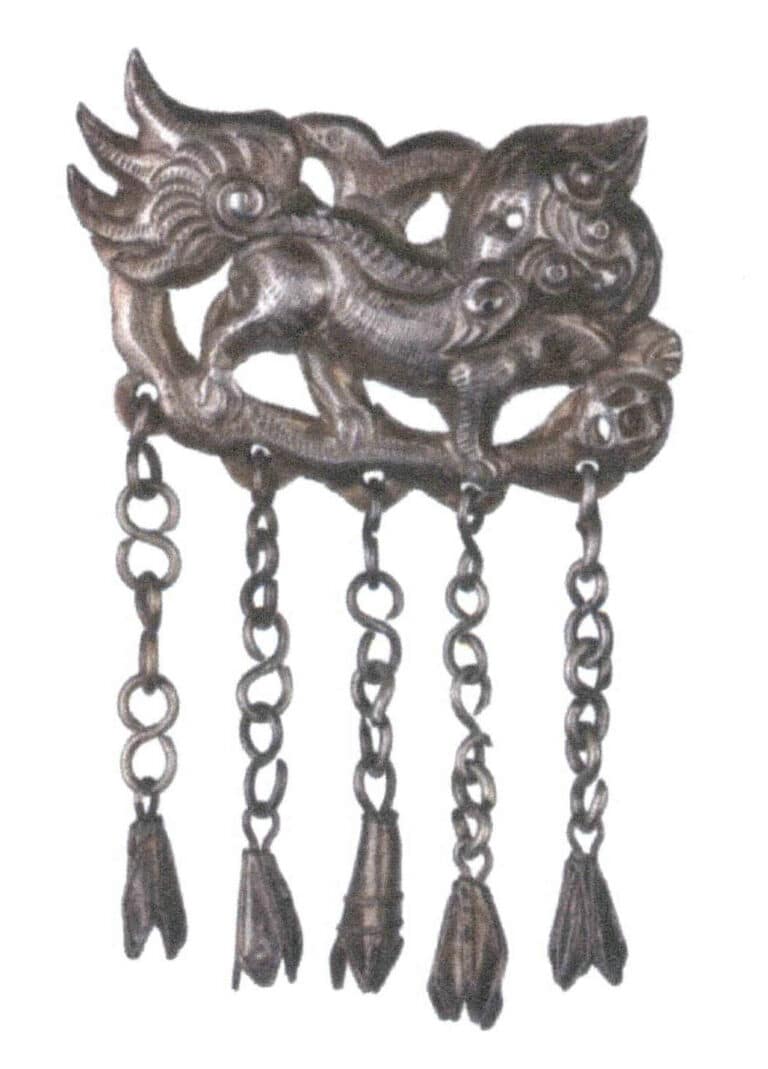
1.3 Platinum
The use of platinum compared to gold and silver is short, and its history in jewelry and crafts is even shorter. The reason is that platinum is scarce and difficult to mine naturally. As of 2019, the global proven reserves of platinum resources are about 69,000 tons, with South African platinum mines accounting for 91.3% of the total global reserves. In 2019, the global platinum production was about 6,093 thousand ounces (172.7 tons), with South Africa leading at 4,402 thousand ounces (124.8 tons), accounting for 72%; Russia, Zimbabwe, Canada, and the United States ranked 2nd to 5th. The mining of platinum is very difficult, and the cost and time required to refine platinum ore of the same quality are several times that of gold.
From a physical property perspective, first, platinum has a very high density of 21.45g/cm3 (the densities of gold and silver are 19.32g/cm3 and 10.49g/cm3, respectively), and a melting point as high as 1772℃ (the melting points of gold and silver are 1064.18℃ and 961.78℃, respectively); secondly, it has excellent acid and alkali resistance, and can only be dissolved in aqua regia in 70℃ (a highly corrosive liquid made by mixing concentrated hydrochloric acid and concentrated nitric acid in a volume ratio of 3:1), with no other acid or alkali solution able to dissolve it. In addition, it has strong high-temperature resistance (heating does not cause deformation). It is precisely because platinum has these stable characteristics that it is used as the primary material for the international prototype of the kilogram. In 1795, the French Academy of Sciences planned to use the gram as the basic unit of mass, representing the mass of water of 1cm3 in 0℃, and in 1799, a physical prototype of the same mass was made from platinum. In 1879, the British company Johnson-Matthey manufactured a cylindrical weight as the international prototype of the kilogram, made from a platinum-iridium alloy with 90% platinum and 10% iridium content. The platinum’s stability meets the kilogram prototype’s requirements, and iridium enhances its corrosion resistance. Although platinum has these stable characteristics, it also possesses incredible flexibility, as a fine wire drawn from 1 g of platinum can extend up to 2000 m.
In 1780, this highly valuable metal, platinum, was used in jewelry. A skilled craftsman in Paris made platinum rings, brooches, and necklaces for King Louis XVI and Queen Marie Antoinette of France. Thus, the Louis XVI couple became the world’s earliest recorded owners of platinum jewelry. Since then, platinum’s reputation has soared, surpassing gold jewelry, and it became favored by royalty, nobility, and wealthy merchants. It remains a commonly used metal for diamond rings to this day. Figure 1-4 shows the Cartier platinum diamond crown.

2. Gemstones
The setting technique arises from gemstones, and the gemstones themselves also become significant, with their cut variations driving the development of the setting technique. The relationship between gemstones and metals: sometimes, gemstones are used to embellish existing metal shapes to enhance their decorative appeal, but more often, the gemstones themselves are the main focus, with the metal serving to secure and highlight the gemstones, such as diamond rings. The hardness and toughness of metals make jewelry wearable. Still, the variety and richness of gemstone types and colors give them a more transcendent significance than metals, greatly increasing the wealth and aesthetic value of the jewelry.
2.1 Types of Gemstones
There are many types of gemstones, and the five recognized high-end gemstones include diamonds, rubies, sapphires, emeralds, and chrysoberyl cat’s eye, as shown in Figure 1-5. In addition, there are many colorful gemstones, such as aquamarine, tourmaline, and spinel. Furthermore, opaque organic gemstones, such as coral and pearls, are richly used in the setting technique.

2.2 Gemstone Cutting Styles
The development of gemstone setting techniques has progressed in tandem with the development of gemstone cutting styles, and the discovery of the brilliance of diamonds has directly driven the advancement of setting techniques. Diamonds have high hardness, and after being meticulously faceted, they can shine brilliantly. Traditional bezel settings obscured too much of the diamond’s brilliance, while the subsequent prong settings allowed for a greater display of the diamond’s sparkle.
Gemstone cutting styles can be divided into two main categories: cabochon cut and brilliance cut. Cabochon cuts are relatively simple, with common shapes including round-shaped, oval-shaped, drop-shaped, olive-shaped, square-shaped, etc. The standardization of cabochon cuts is lower than that of faceted cuts. Although the types of faceted cuts are also limited, they have higher technical requirements for cutting. Common gemstone faceted cuts include round faceted cuts and variations of round faceted cuts (such as oval-shaped, olive-shaped, heart-shaped, pear-shaped, etc.), as well as baguette cuts (including rectangular, square, hexagonal, octagonal, trapezoidal, ladder-shaped, shield-shaped, etc.). Below, we will briefly introduce common cabochon cuts and brilliance cuts.
(1) Cabochon Cut
Cabochon, also known as convex cut gemstones or smooth surface gemstones, refers to gemstones with a top surface that is curved and protruding and a streamlined cross-section, possessing a certain degree of symmetry. The bottom of a cabochon can be flat, outwardly curved, or inwardly curved. Cabochons are suitable for most gemstones, making them quite common. On the one hand, cabochon can preserve as much gemstone weight as possible and are easy to process; on the other hand, they can also showcase the color and luster of the gemstone. Some semi-transparent or opaque gemstones, or cat’s eye stones, are suitable for cabochon. Cabochon gemstones are shown in Figure 1-6.
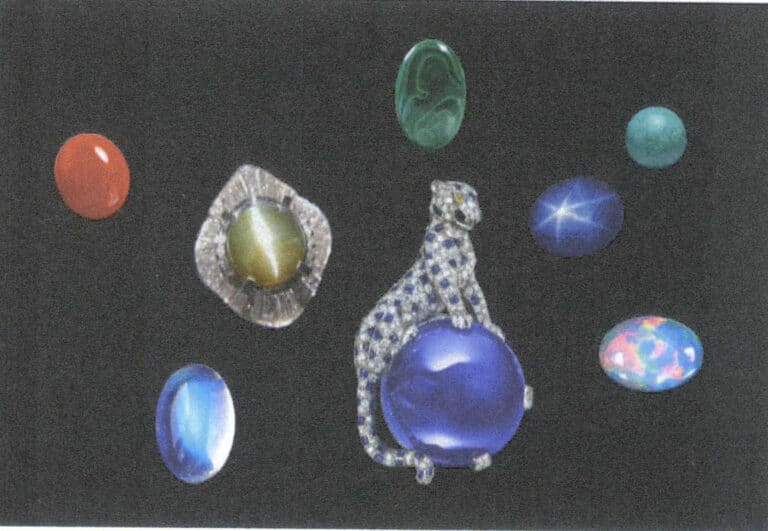
Cabochon can be classified in two ways: by girdle facet shape and by cross-section shape. According to girdle facet shape classification, cabochons include round-shaped, oval-shaped, drop-shaped, and marquise-shaped, heart-shaped, saddle-shaped, rectangle, octagon, cross-shaped, and free form are presented when viewing gemstones from a top-down perspective, as shown in Figure 1-7.

Classified by cross-sectional shape, the most common is the single convex cabochon, where the top of this cut is arched, and the bottom is flat, categorized by height into high convex, medium convex, and low convex arcs, as shown in Figure 1-8. Another common type is the Biconvex cabochon, where both the top and bottom surfaces bulge outward, with the height of the bottom bulge being less than that of the top bulge; this type is often used for cat’s eye stones, moonstones, etc. Among double convex cabochons is a flat double convex cabochon, where the heights of the top and bottom bulges are the same; opal often uses this type, as shown in Figure 1-9. The hollow cabochon is a less commonly used cabochon, where the top surface is arched, and the bottom surface is deeply concave, as shown in Figure 1-10, mainly to increase the transparency of the gemstone; for example, this cut is sometimes used in jadeite. Another less commonly used type is the top concave cabochon, which has a concave surface on the arched top, as shown in Figure 1-11. It is generally used for assembly, allowing another gemstone to be set into the top surface.


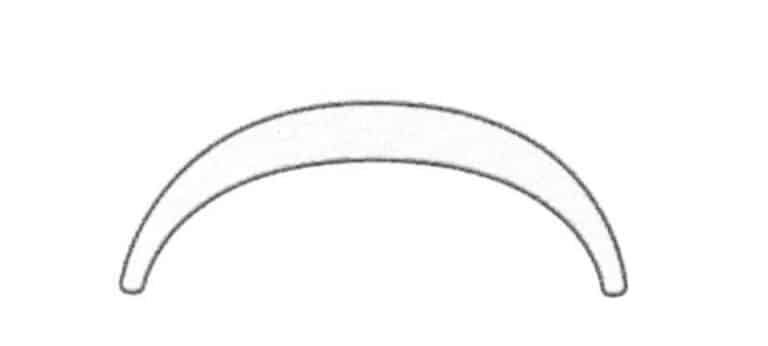
Figure 1-10 Hollow Cabochon

Figure 1-11 Top Concave Cabochon
(2) Round Brilliant Cut
The round brilliant cut is the most common gemstone cut, also known as the standard round diamond cut. The round brilliant cut consists of three parts: the crown, the girdle, and the pavilion, divided into 58 facets. The crown has 33 facets, with the largest in the center, the table. Below the table are 8 star facets, 8 main crown facets, and 16 upper girdle facets. Below the crown and above the pavilion is the girdle, which has a certain thickness and is enclosed by a round arc. Below the girdle is the pavilion, composed of 24 facets, including 16 lower girdle facets and 8 main pavilion facets. When the gemstone is larger, to avoid damaging the pointed bottom, an additional small octagonal facet is cut at the bottom tip, bringing the total number of facets to 58. The names of the various parts of the round brilliant cut are shown in Figure 1-12.
In the evaluation criteria for diamond quality, the diamond cutting standard affects the diamond’s beauty and the light’s refraction. What kind of diamond cut is the most ideal? There are five internationally recognized types of round diamond cuts: the American Ideal Cut, the European Cut, the International Diamond Council Cut, the Scandinavian Cut, and the Eight Hearts and Eight Arrows Cut. This book does not introduce the details of these cuts one by one, but regarding the standard round diamond cut, people have long explored a set of proportional data to guide diamond cutting. Taking the girdle diameter as the 100% reference ratio, the table width ratio is 56%~66%, the crown angle is 31%~37%, and the crown height ratio is 11%~15%, the pavilion angle is 39°40′~42°10′, and the pavilion depth ratio is 41%~45%. Among them, the cutting ratios of the crown angle, pavilion angle, and pavilion depth directly affect the beauty of the diamond, as shown in Figure 1-12.
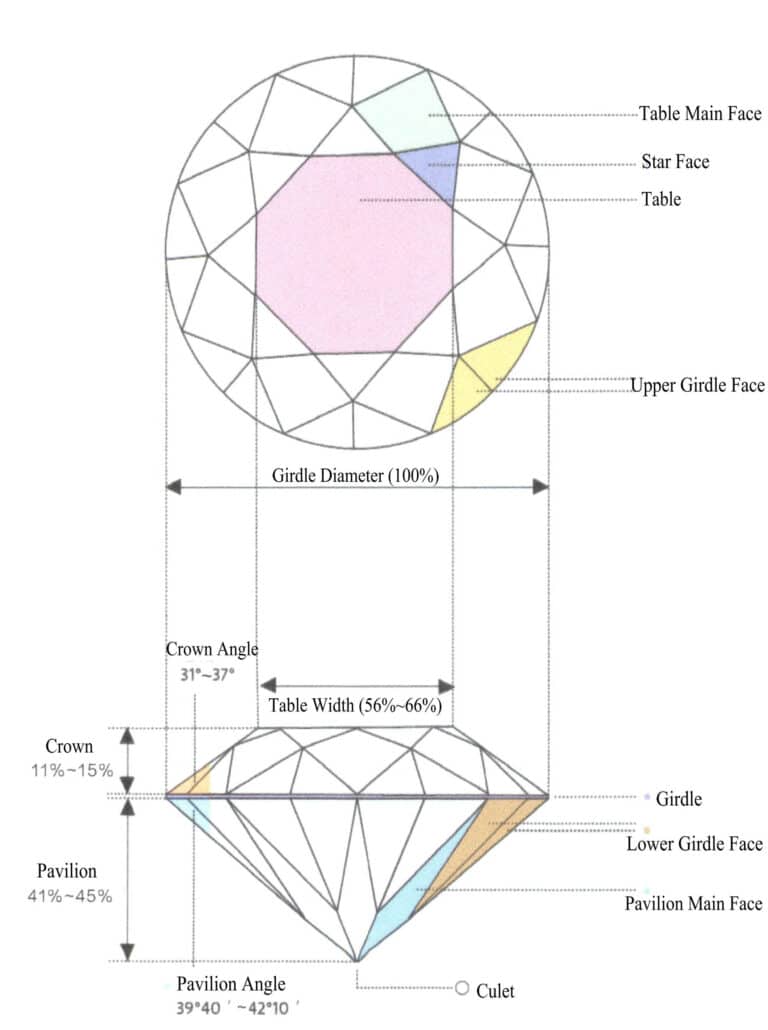
(3) Deformation of Round Brilliant Cut
In the cuts of diamonds and colored gemstones, oval-shaped cut, marquise-shaped cut, heart-shaped cut, pear-shaped cut, and others are deformations of the round brilliant cut. Their symmetry changes according to the shape of the girdle. The standard round brilliant cut has eight-fold symmetry, while the oval-shaped and marquise-shaped cuts have two-fold symmetry, and the heart-shaped and pear-shaped cuts have one-fold symmetry. The fewer the number of symmetries, the more variations in the facets. Shapes with more variations in their cuts have higher processing costs, but round-shaped diamonds have higher requirements for the diamond material. Therefore, in most cases, diamonds of the same weight, clarity, color, and cut grade, round shapes tend to be priced higher than heart shapes and others. The oval-shaped, drop-shaped, and marquise-shaped (navette) cut gemstones are shown in Figures 1-13 to 1-15.
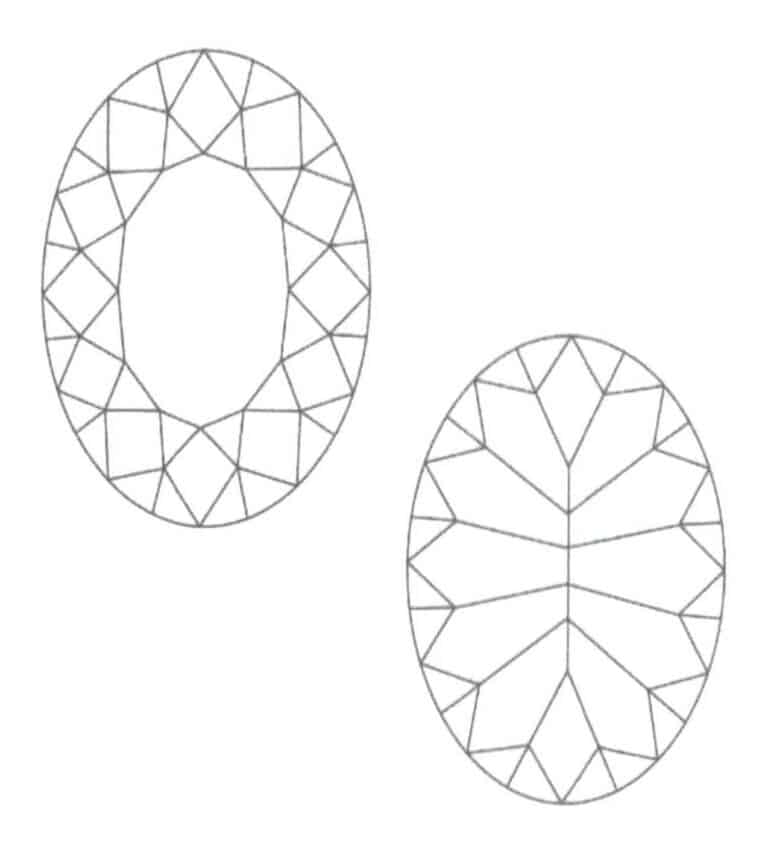
Figure 1-13 Oval-shaped cut gemstone
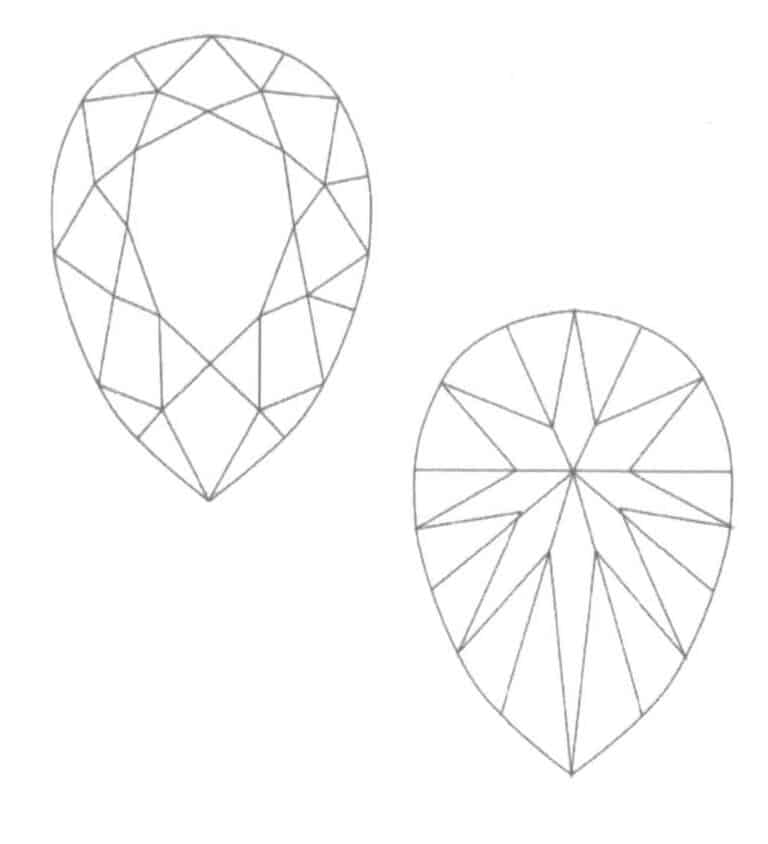
Figure 1-14 Drop-shaped cut gemstone
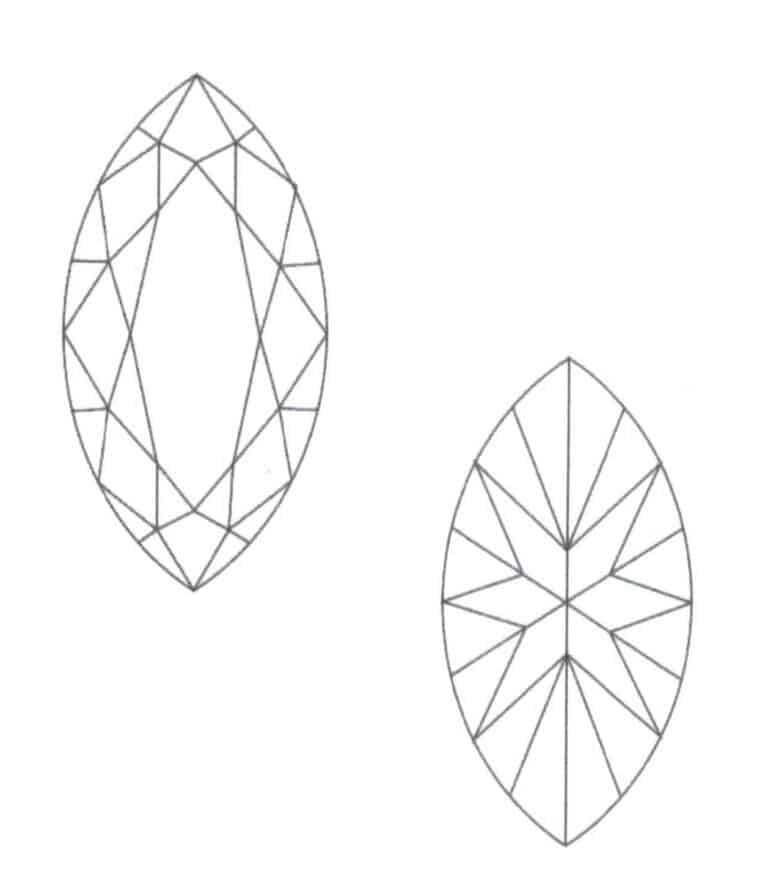
Figure 1-15 Marquise-shaped (navette) cut gemstone
(4) Baguette Střih
The baguette cut, also known as the rectangular or square cut, is a common gemstone cut, with its most representative application being in emeralds. The baguette cut was originally developed to better cut emeralds, which often have many fissures and are quite brittle, so it is often referred to as the emerald-cut, as shown in Figure 1-16. The shape of the baguette cut is generally rectangular, square, hexagonal, octagonal, trapezoidal, or shield-shaped. Viewed from above, the outline of the gemstone is formed by a series of facets arranged parallel to the girdle, which is why it is vividly referred to as the “trap cut.” The characteristics of the baguette cut include straight, parallel reflective surfaces, a larger table, a shallow crown, and a deep pavilion, with less strict requirements for proportions and angles compared to round brilliance cuts. The baguette cut is beneficial for highlighting the color saturation of colored gemstones, relatively less quality loss compared to other cuts.

Section II Tools and Equipment for Jewelry Setting
The tools and equipment for gemstone setting can generally be divided into two categories: setting workbenches and commonly used tools, equipment, and consumables for setting. The tools and equipment include cutting tools, measuring and marking tools, fixing tools, magnifying tools, setting tools, mold holding tools, and chemical reagents for treating metal surfaces. These tools and equipment work together to complete the setting of gemstones. Most setting tools are compatible with metalworking tools, and some of the fixing tools and setting tools are specifically designed for setting. Below, we will categorize and introduce the functions of these tools and equipment.
1. Setting Workbench
The setting workbench is slightly different from a basic jewelry workbench because the height of the workbench required for setting, especially for prong setting and micropave setting, differs from that required for metalworking. With the seat height remaining unchanged, the work surface height needed for setting is about 15cm lower than that required for metal filing, as shown in Figure 1-17. To meet the needs of setting, an additional work surface for setting is generally added about 15cm below the jewelry workbench surface, as shown in Figure 1-18; if not, a height-adjustable rotating platform can be equipped to place the setting base, allowing for height adjustment based on actual operational needs, as shown in Figure 1-19. Additionally, prong setting and micropave setting require a microscope to be equipped on the workbench to accommodate the needs of setting gemstones of various sizes.


Obrázek 1-18 Nastavení pracovního stolu
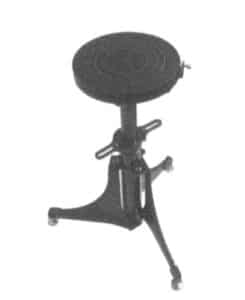
Figure 1-19 Satellite Turntable Base
Most jewelry workbenches can meet the production requirements for inlaying. For example, the height of the work surface generally does not have excessive requirements for techniques like bezel setting and prong setting. Additionally, a 40~50cm circular groove is required in the middle of the work surface, and the wooden block fixed in the groove is also a very important part. The presence of this small wooden block plays a significant supporting role in processes such as sawing, filing, and carving wax during jewelry making; at the same time, it is also required that there is a leather bag or drawer underneath the groove to collect metal powder, debris, and other materials generated during production.
Among the commonly used equipment on the workbench, the hanging grinder is the most indispensable device on the jewelry workbench. The hanging grinder drives different shapes and models of burs and grinding heads through high-speed rotation to achieve effects that cannot be reached manually. Secondly, a desk lamp is essential, as inlaying is a relatively fine process, and lighting is very important. Inlaying and jewelry processing often require fire for welding, annealing, etc. The torch arrangement can be based on the situation; if conditions permit, a dedicated heating area can be set up in the studio or equipped on the left side of the workbench, separate from the hoist on both sides. In addition, many other tools are needed during the processing, such as microscopes and storage racks. These devices make the operation process both orderly and convenient.
2. Common Tools, Equipment, and Consumables for Setting
(1) Cutting Tools
Cutting tools mainly refer to tools required for cutting metal sheets, wires, etc. The most commonly used cutting tools in inlaying and jewelry processing include metal coping saw, metal scissors, cutting pliers, and metal plate shears, as shown in Figures 1-20 to 1-23. The metal saw, combined with metal saw blades, can maximize the integrity of the metal outside the cutting surface, making it less likely to deform compared to other cutting tools; metal scissors and cutting pliers are generally used for thicker metals, with cutting pliers generating more force than metal scissors. The metal plate shears is a manual device that can easily perform straight cuts on larger metal sheets through leverage, resulting in neat cutting lines. Metal scissors, cutting pliers, and metal plate shears have high cutting efficiency. Still, they can easily cause metal deformation during use, so the metal plate shear is generally used for cutting large metal sheets, while the metal saw is more frequently used in setting.
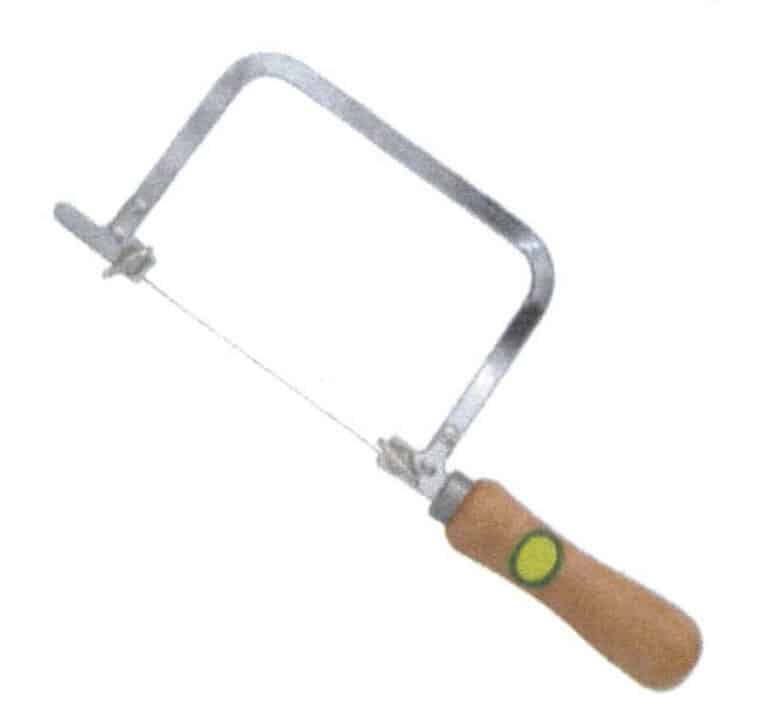
Figure 1-20 Metal Saw
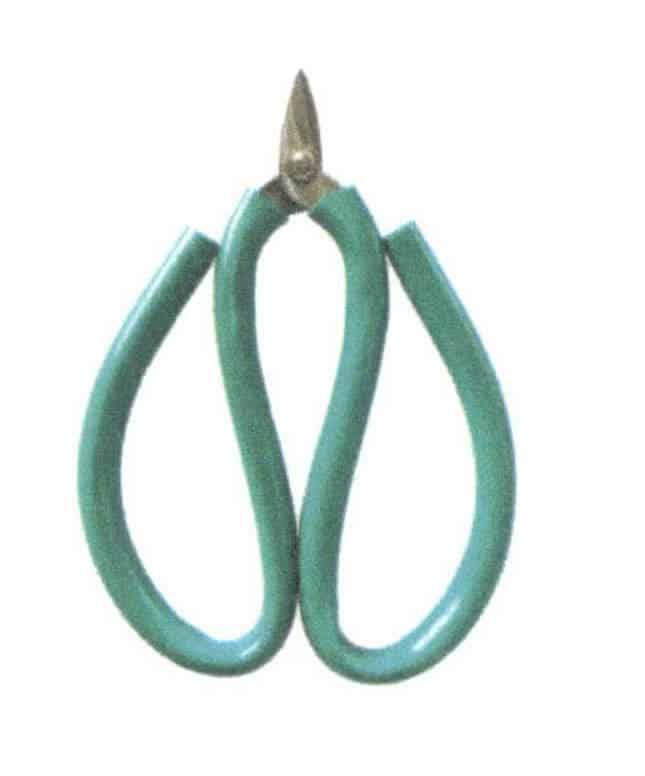
Figure 1-21 Metal Scissors
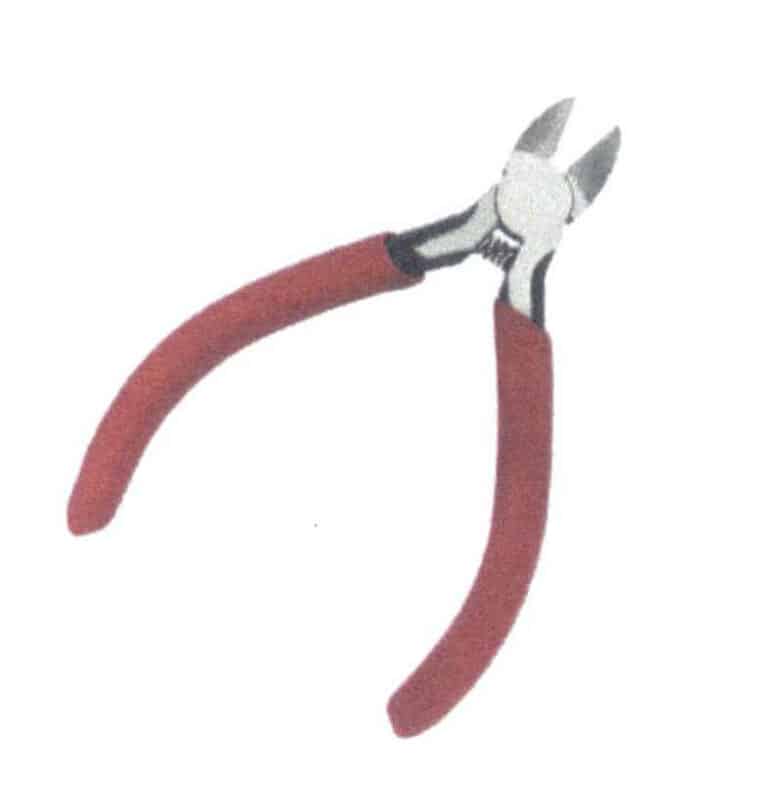
Figure 1-22 Cutting Pliers
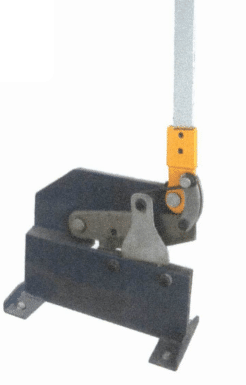
Figure 1-23 Metal Plate Shears
(2) Measuring and Marking Tools
As the name suggests, measuring tools are tools used to measure dimensions. The measuring tools used in setting and metal processing are relatively precise, as measuring the size of gemstones in a setting often requires accuracy to two decimal places. Commonly used measuring tools include calipers, dental calipers, protractor, steel rulers, etc., as shown in Figures 1-24 to 1-27. Calipers and dental calipers are the most widely used. Calipers can measure both external and internal diameters, and there are electronic and manual types; electronic calipers can measure more easily and provide results accurate to two decimal places, making them highly used in settings; dental calipers generally do not need to be very precise, mainly used to measure thickness, often used in the wax casting process to measure the thickness of the outer wall of hollowed-out three-dimensional blocks; protractors are only needed when angle issues are involved; steel rulers are conventional auxiliary measuring tools.

Figure 1-24 Caliper

Figure 1-25 Dental Caliper
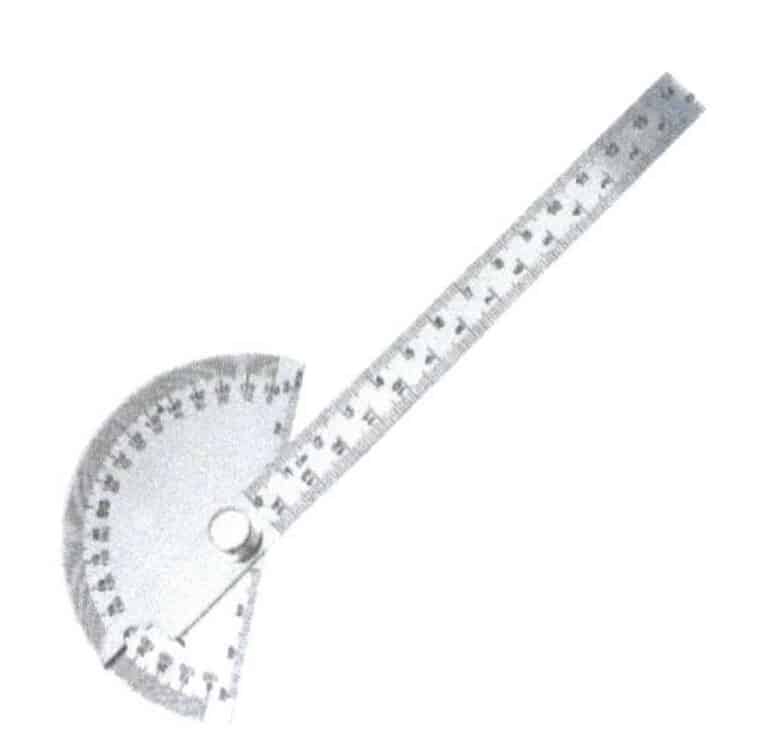
Figure 1-26 Protractor

Figure 1-27 Steel Ruler
The commonly used marking method in the setting is to mark with an oil-based pen or engrave marks with wing dividers’ tips. The use of wing dividers for marking is quite common; the advantage is that once a size is determined using the two legs of the wing divider, the distance between the two legs is fixed, making it convenient to mark the same size in multiple places, as shown in Figure 1-28. For example, the height of several claw slots in the prong setting is the same, and the size can be determined with the wing divider, allowing the same height marking for each metal claw.

Kopírování @ Sobling.Jewelry - Výrobce šperků na zakázku, továrna na šperky OEM a ODM
(3) Fixing Tools
The tools used to fix metals during the setting process are very important; only when the metal is stable can the setting process be better operated. Commonly used fixing tools include universal rotation setting bases, ring setting bases, sealing wax balls, woolen ring clamps, double chuck pin vice, and auxiliary fixing tools such as bench vice and welding clamps, as shown in Figures 1-29 to 1-34. The universal rotation setting base, sealing wax ball, and ring setting bases are the most commonly used. The universal rotation setting base is fixed by clamping force and is suitable for setting soft materials like rings and flat surfaces; the sealing wax ball melts through fire and combines the metal, hardening after cooling to fix the setting edge by squeezing the metal, suitable for various shapes of settings; the ring setting base is mainly suitable for the setting of rings; the wooden ring clamp is generally used to hold rings or small accessories, and this tool is often used in conjunction with the mold-making process, allowing one hand to be freed for filing, sawing, setting, etc.; the double chuck pin vise functions similarly to a hanging grinder, also capable of fixing fine bits or blades at the head, used for manual cutting or assisting tools. There are also some auxiliary fixing tools. The bench vise functions similarly to the universal stone base but is generally not used directly for setting; instead, it is used in conjunction with making pushers, metal bending, etc.; a welding clamp is a tool used to fix metal parts to be welded during the welding process.

Figure 1-29 Universal Rotation Setting Base

Figure 1-30 Ring Setting Base
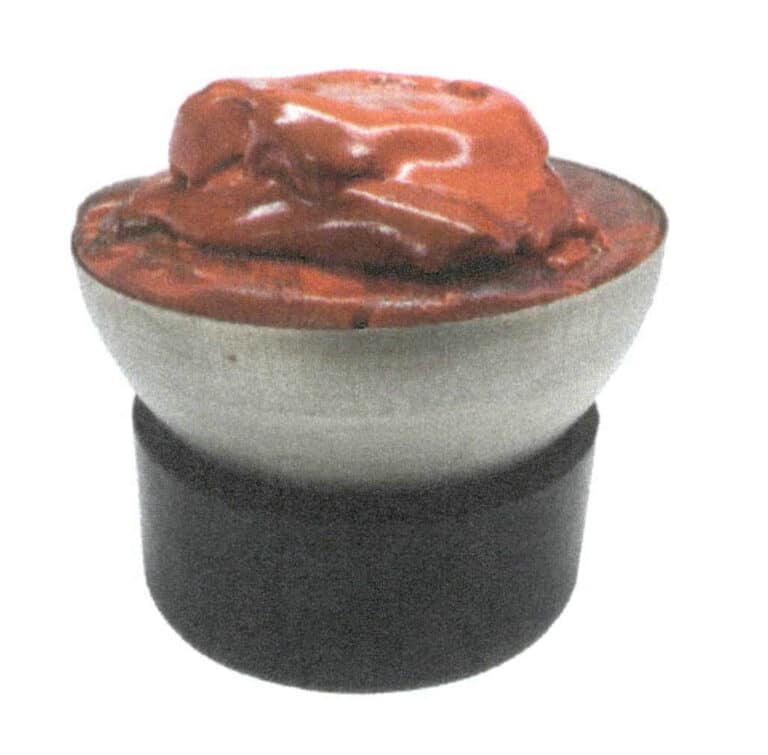
Figure 1-31 Sealing Wax Ball
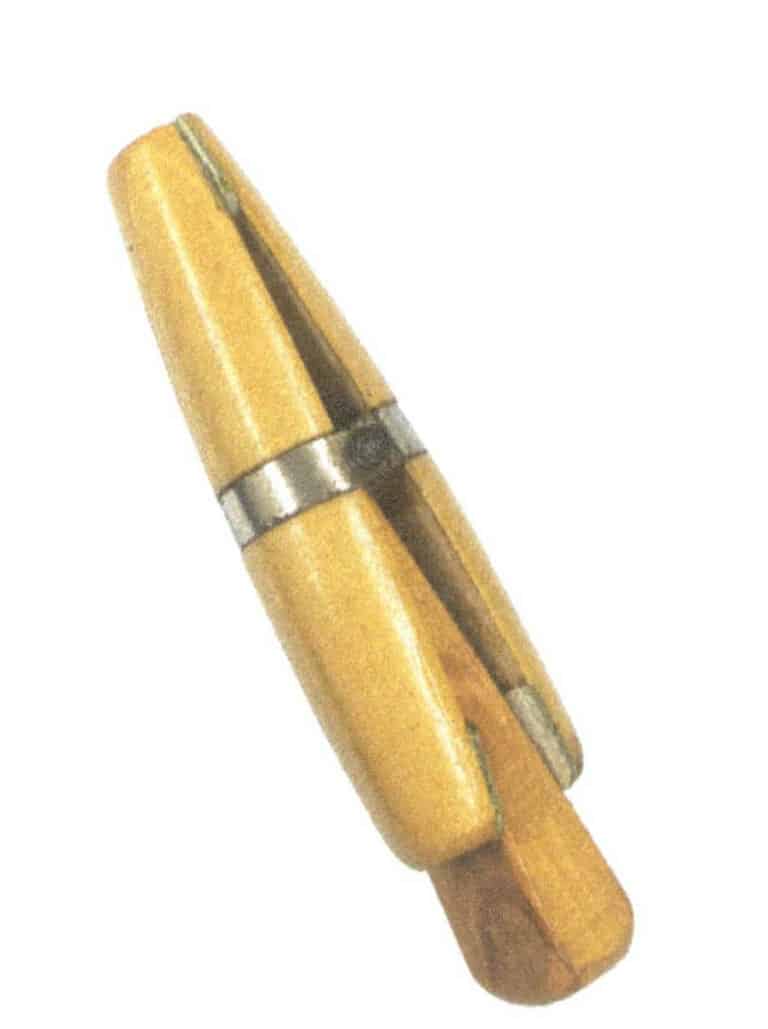
Figure 1-32 Wooden Ring Clamp
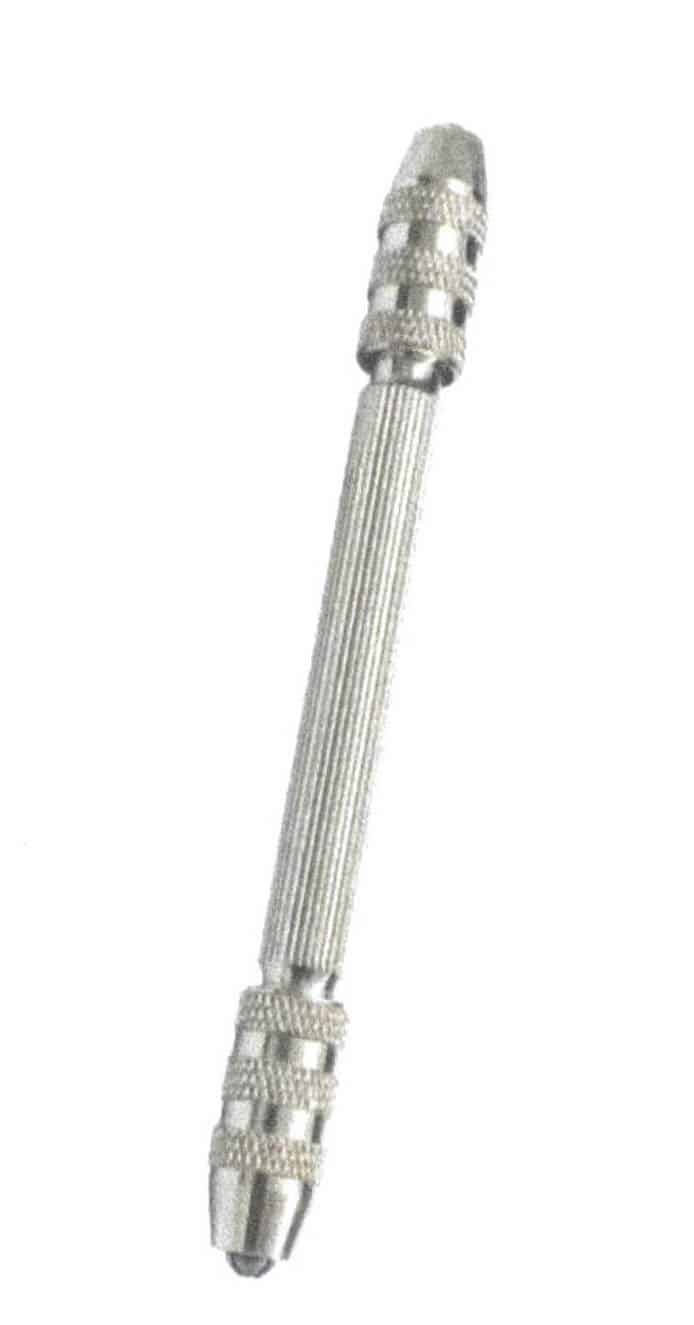
Figure 1-33 Double Chuck Pin Vise
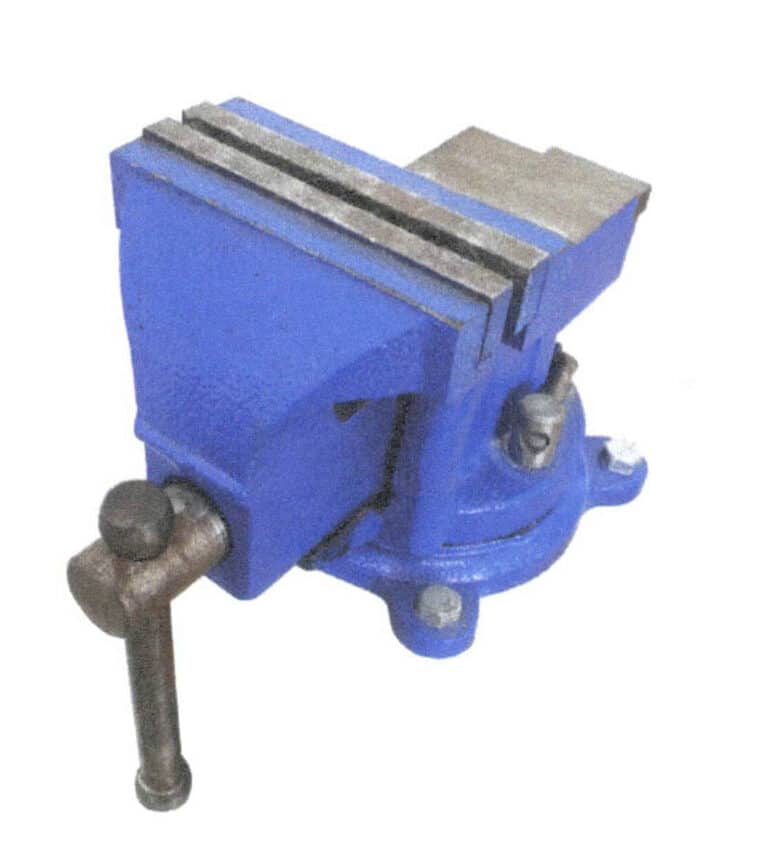
Figure 1-34 Bench Vise
(4) Magnifying Tool
In jewelry settings, using small-carat gemstones is much more common than using large-carat gemstones. Often, small stones need to appear in large quantities to support the main gemstone or create a dazzling effect, especially in micropave setting and prong setting. Achieving standards and delicacy cannot be done solely by the naked eye. The main magnifying tool in the setting is the micro-setting microscope. The microscope is also the most commonly used magnifying instrument in modern settings. It is essential in the setting process in jewelry factories, allowing users to adjust magnification, focal length, and pupil distance according to actual conditions. The micro-setting microscope is shown in Figure 1-35.
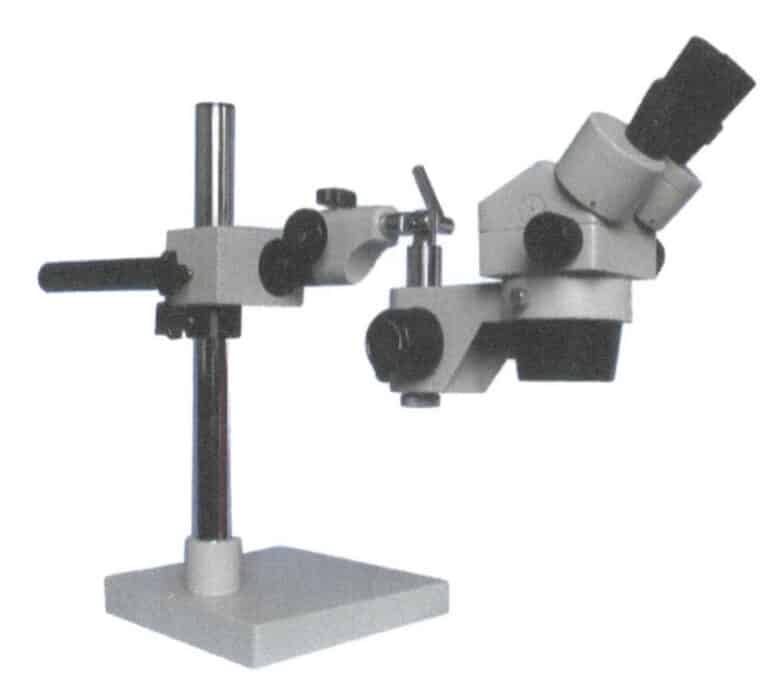
(5) Setting Tools
There are many small tools in the setting, some of which are the same as those used in metalworking, such as pliers, files, hammers, chisels, and pushers. Others are specialized tools for setting, such as flying saucer-shaped burs, cup burs, and spatulas used in prong setting and micropave setting.
① Pliers
Pliers are commonly used tools in the setting process, with common types including flat-nose pliers, pointed-nose pliers, bent-nose pliers, and cutting pliers. Pliers are used in the setting process to grip the setting claws, bend shapes, etc., and are convenient and flexible, allowing for selecting different needle types based on the actual process needs. Commonly used pliers in settings are shown in Figure 1-36.

② Chisel and Nastavení Pusher
Chisels and goldsmith’s hammers need to be used in conjunction during the setting process. In contrast, the chisel is generally used for polishing flat surfaces, often in settings requiring edge pressing, such as bezel and pave settings. For example, use a flat-headed chisel to press against the edge of the inlaid border, and gently tap the chisel with a goldsmith’s hammer, applying even force to secure it. A pusher does not use a goldsmith’s hammer but relies on hand strength to compress the metal edge; commonly used types include flat and groove pusher. Flat pushers are generally used in thinner metal borders, while groove pushers are often used in claw inlays. As shown in Figures 1-37 and 1-38.
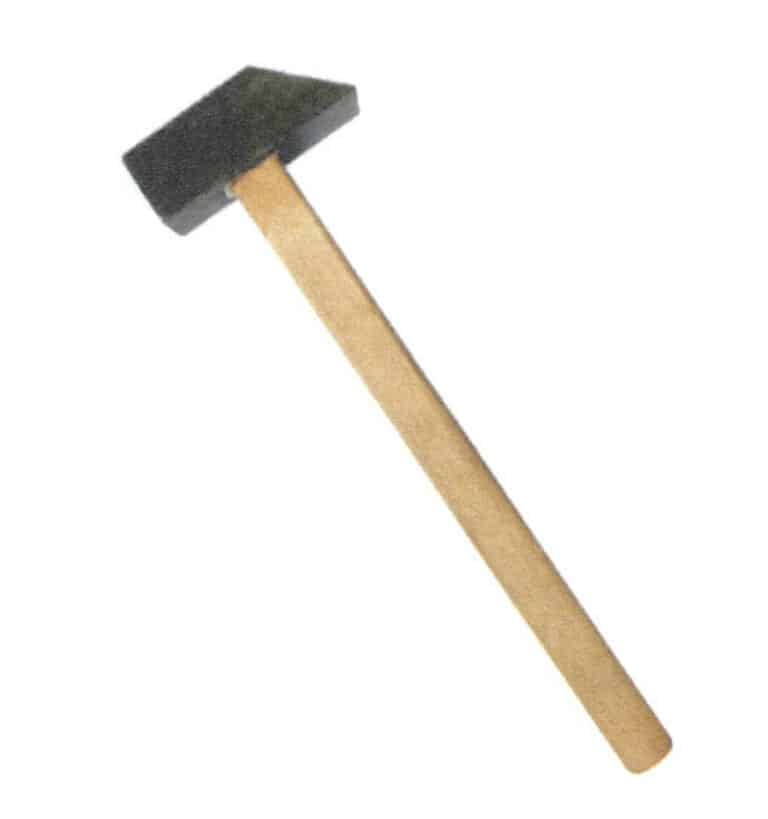
Figure 1-37 Goldsmith's Hammer
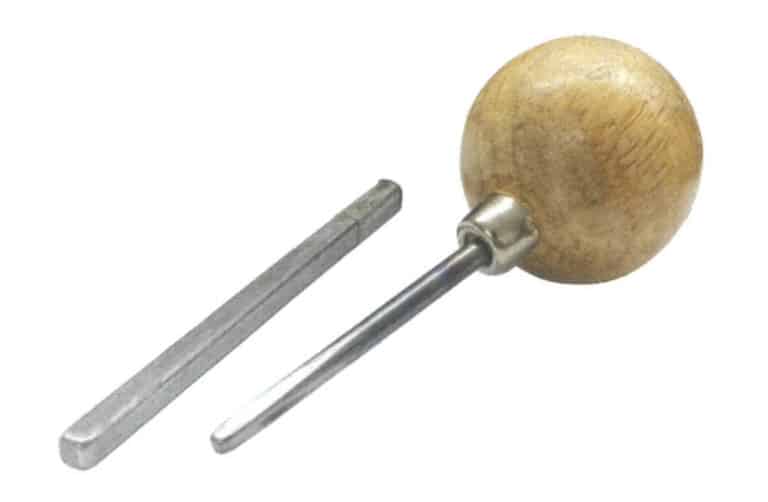
Figure 1-38 Chisel and Setting Pusher
③ Hanging Grinder and Tools
The hanging grinder is an essential piece of equipment in the jewelry processing process. It is easy to use and can be paired with various shapes of burs and grinding heads to polish metal through high-speed rotation. Opening stone positions and holding molds in a setting requires a hanging grinder. The hanging grinder and hanging grinder key are shown in Figure 1-39. The tools used in the setting process mainly include ball-shaped burs, peach-shaped burs, diamond-shaped burs, flying saucer-shaped burs, round carbide burs, cup burs, flat-end burs, as shown in Figure 1-40.
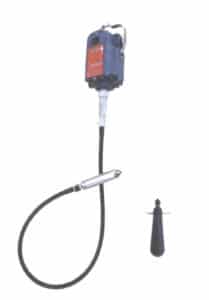
Figure 1-39 Hanging Grinder and Hanging Grinder Key
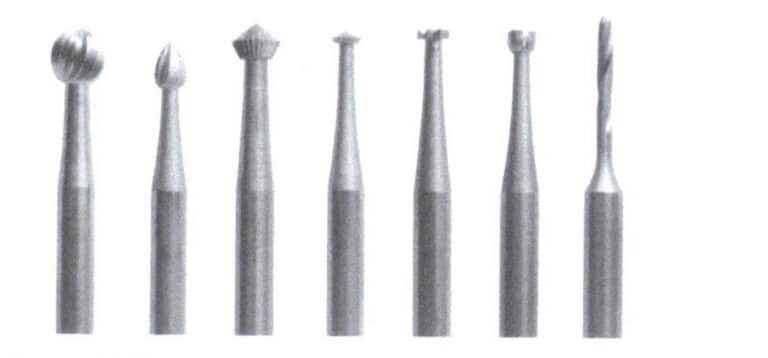
Figure 1-40 Burs (ball-shaped bur, peach-shaped bur, diamond-shaped bur, flying saucer-shaped bur, round carbide bur, cup bur, flat-end bur)
④ Pusher
A pusher is a specialized tool for setting, and the main function of the pusher is to assist in the prong setting process. Other setting techniques often require the pusher to trim the edges neatly. The pusher needs to be shaped by the user, and the pusher head shapes mainly include curved, pointed, and flat. Different pusher head shapes have different uses; some are used for setting, some for trimming edges, and some for scraping lines. The styles of pushers are shown in Figure 1-41, and the pusher head shapes are shown in Figure 1-42.
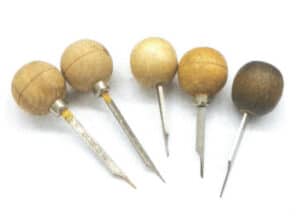
Figure 1-41 Pusher Styles

Figure 1-42 Pusher Head Shape
(6) Dokončovací práce Tool
Finishing is a later process in metal treatment, from shaping and repairing sand holes to surface treatment, ultimately making the metal present a standard and aesthetic state. The metal, after setting, cannot be heated again, so any sand holes in the metal must be treated before setting. During the finishing process, two main types of tools are used: one type is for adjusting the overall shape, such as files, pliers, and burs (for the introduction of pliers and burs, refer to the above text), and the other type is used in the grinding and polishing process, such as sandpaper rolls and polishing wheels.
① File
Files come in various shapes and models, each with different sizes and thicknesses, chosen according to specific needs. Common file shapes used for grinding flat surfaces include bamboo leaf files and flat files, while those used for grinding the inner arc of edges include square files, triangular files, and round files. The file is shown in Figure 1-43.
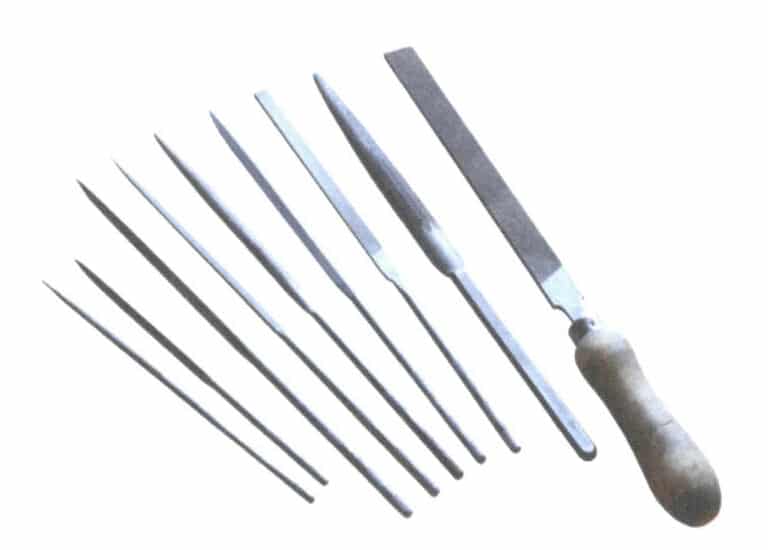
② Polishing Tool
After completing the first process with a file, pliers, and burs in the mold, the subsequent fine polishing relies on the hanging grinder to drive sandpaper rolls, rubber polishing wheels, polishing wheels, and so on for polishing. There are two ways to use sandpaper rolls: wrap a long strip of sandpaper around a needle rod and secure it with tape at the bottom; this type of sandpaper roll is now available for sale as a finished product. The other is to flexibly change it according to the needs of the artisan’s hand; for example, it is common to stick sandpaper pieces with strong adhesive on a flat surface at one end of the needle rod, forming 90°, and then use the principle of a lathe to drive the sandpaper piece with a hanging grinder, cutting out circular sandpaper pieces with a bur or blade during rotation, which are used for polishing fine seams. Various shapes of rubber polishing wheels can be directly purchased, and they can also be modified as needed. In addition, polishing wheels are used with polishing compound wax, which is available for hanging grinder use and bench polisher; the bench polisher is more efficient and widely used in factories. Sandpaper rolls, various polishing wheels, and polishing compound wax are shown in Figures 1-44 to 1-46.
The agate burnisher knife is a commonly used surface polishing tool of pure gold and silver. If the surface of pure gold is polished using conventional methods, it will suffer excessive wear, so traditional methods are applied, namely scraping to a shine with an agate burnisher knife. This treatment method is also used in traditional pure silver jewelry or crafts. In addition, the agate burnisher knife can also be used as a tool for gemstone setting to press the metal edges during the pure gold and pure silver setting process. The agate burnisher knife is shown in Figure 1-47.

Figure 1-44 Sandpaper Roll
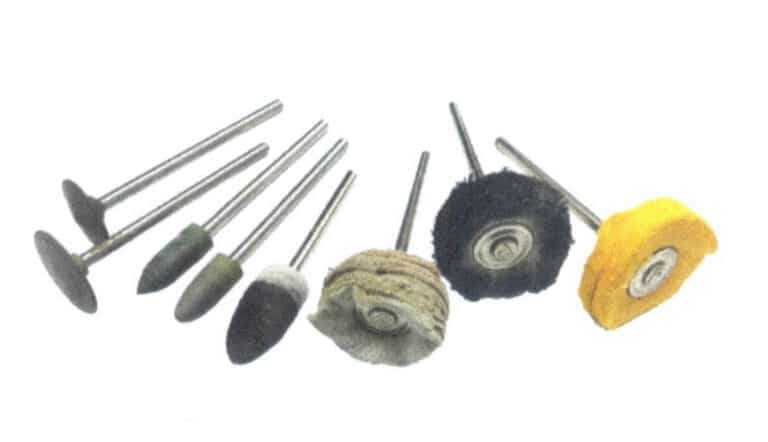
Figure 1-45 Various Polishing Wheels
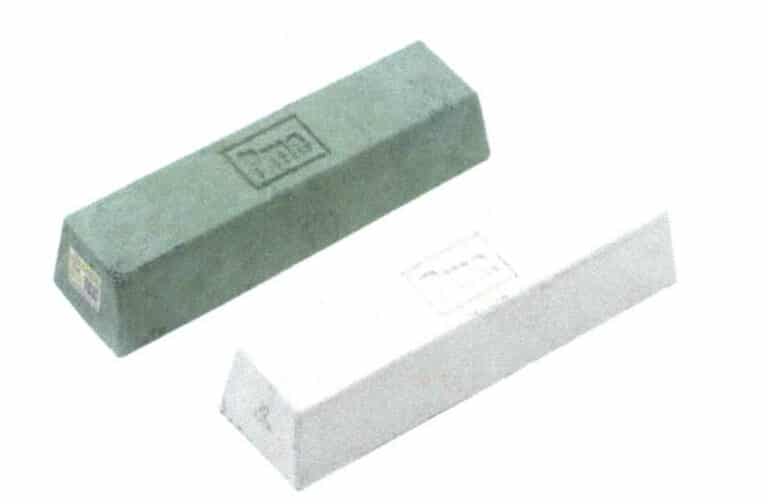
Figure 1-46 Polishing Compound Wax

Figure 1-47 Agate Burnisher Knife
(7) Chemical Reagents
① Chemical Reagents for Cleaning Metal Surfaces (Dilute Sulfuric Acid, Citric Acid, Alunite, Banana Oil)
During metal welding or annealing, difficult-to-remove impurities, oxide layers, or oily surfaces may be produced. Currently, acidic liquids that have a corrosive effect on impurities and oxide layers to soak and corrode them are a common method for cleaning the surfaces of gold, silver, and copper. Dilute sulfuric acid is the most effective for removing impurities, but it has certain dangers, so citric acid is often used as a safer alternative. The function of white alum is similar to that of dilute sulfuric acid and citric acid, which are also aimed at cleaning the metal surface, but the process requires heating. In contrast, dilute sulfuric acid and citric acid only need to soak the metal. White alum is shown in Figure 1-48.
Banana oil, or lacquer thinner, is a chemical reagent that removes varnish in inlay work. The main components of banana oil are methyl acetate, butyl acetate, cyclohexanone, isopentyl acetate, ethylene glycol ethyl acetate, diluents for industrial spray paint, coatings, etc. The surface often sticks to some varnish after the metal inlay has been removed from the varnish. The varnish cannot be burned or scraped off with hard objects after setting, so banana oil can soak and remove the varnish. It is important to note that banana water is a flammable liquid, so pay attention to environmental ventilation and store away from fire sources.
② Metal Lubricants
During the use of needle tips made of various steel burs, when the burs are rapidly rotating and grinding metals like gold and silver, the damage is significant, and over time, they may rust. Therefore, it is very necessary to use lubricants to protect the burs. Special bur saw blade lubricating wax can be used to protect the burs, or everyday machine oil can be used as a substitute. Tool lubricating wax is shown in Figure 1-49.

Figure 1-48 Alunite
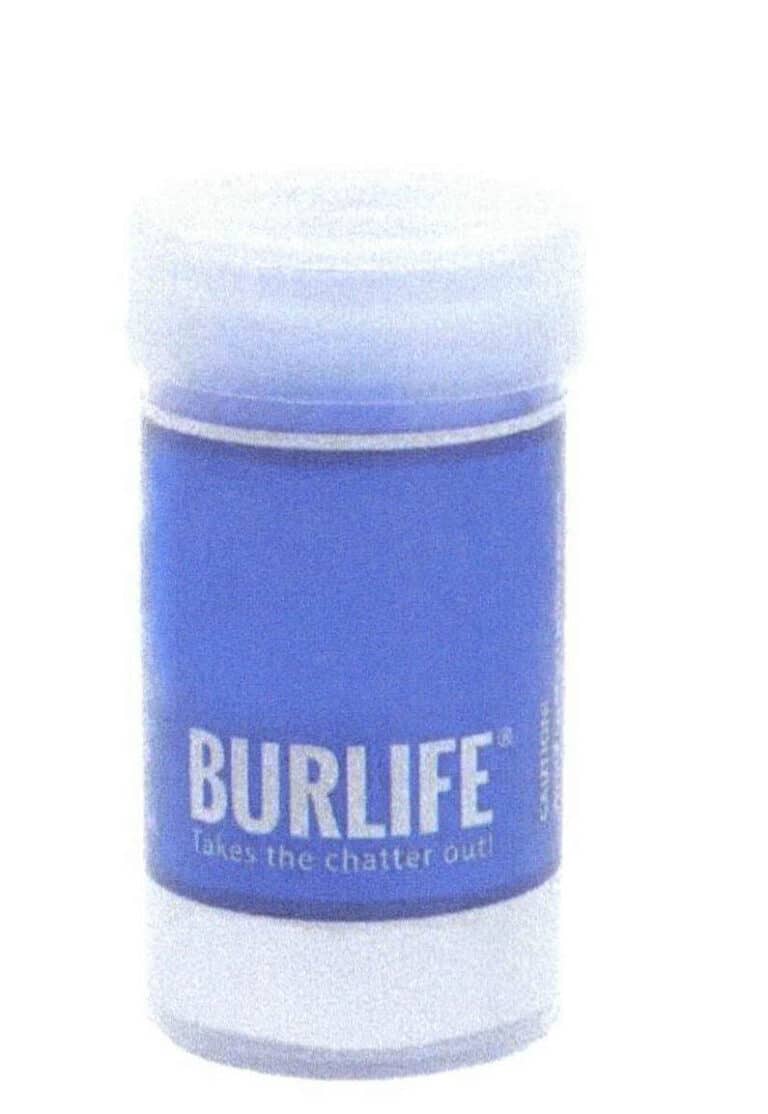
Figure 1-49 Tool Lubricating Wax
Section III The Aesthetic Value of Jewelry Setting in Jewelry Design
1. Color
In every aspect visible, we cannot deny the power of color. Different colors evoke different psychological feelings; red inspires reverence while creating a desire for decoration; the green of the grasslands gives hope; the black of the night instills fear. The world of gemstones is a kingdom of color. Once people mastered the setting technique, they also mastered the use of color in jewelry. Throughout the history of jewelry development, metal has always been the dominant material, but the colors of metal materials are extremely limited. The surface treatment only brings differences in light and texture, which cannot be compared to the strong visual stimulation brought by color. In ancient gemstone setting, whether in the East or the West, people extensively used cabochon gemstones or polished gemstones into beads before mastering cutting technology. At that time, people preferred to choose gemstones with high color saturation, such as turquoise and red coral. Although these gemstones may not seem precious to us today, they indicate that the initial purpose of inlaying was to wear color, as shown in Figure 1-50.
The development of gemstone facet chipping has made inlaid gemstones a common means of jewelry design. Various gemstone types and colors have been explored, bringing rich effects to jewelry. As shown in Figure 1-51, this brooch from the late 19th century, produced in Europe, features a heart-shaped cabochon cut opal that radiates magical colors, echoing the colors of the surrounding diamonds and garnets, creating a contrast in light. In contemporary jewelry design, many design cases skillfully utilize gemstone colors. For example, Zhao Xinqi is a jewelry artist who excels in combining inlay techniques with gemstone colors. In her jewelry works, various gemstones are arranged seemingly randomly, yet they contain rich color relationships. The gemstones are like paints harmonizing with each other on a palette, lively and free, which is the power of gemstone color and an aesthetic value that needs to be explored and learned in the setting process.
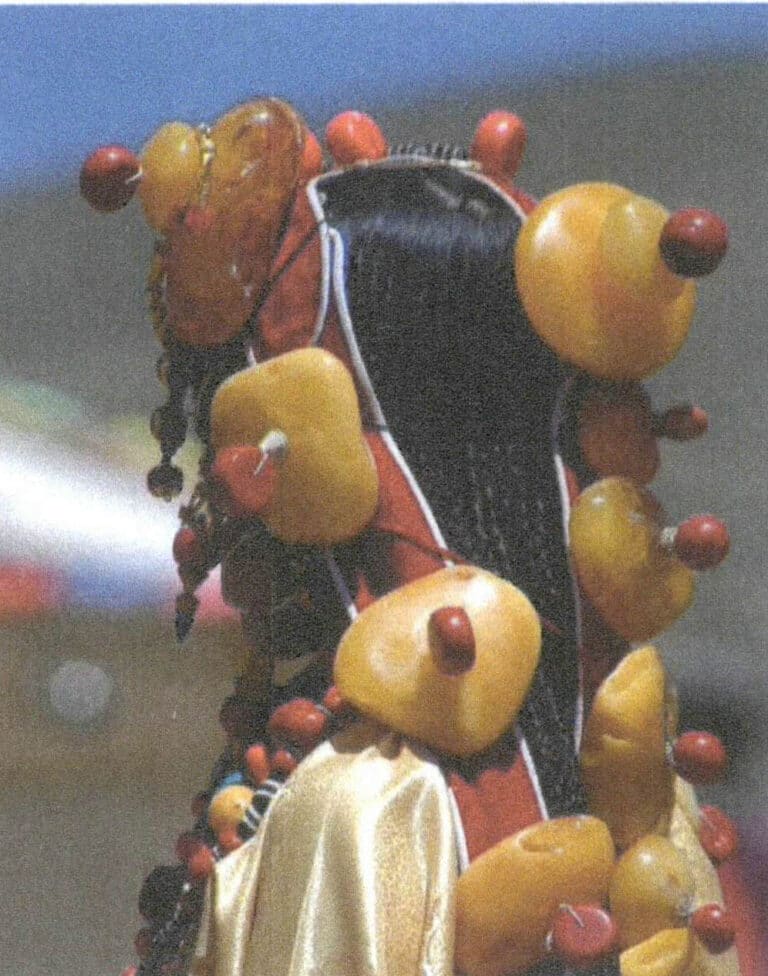
Figure 1-50 Tibetan Headgear
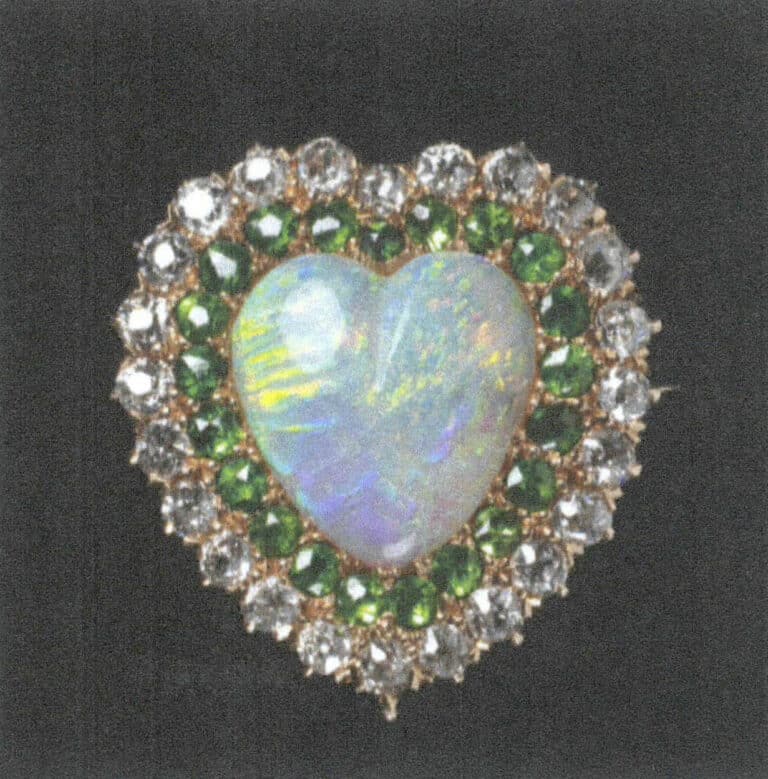
Figure 1-51 Heart-shaped Brooch (V&A Museum Collection)
2. Light Perception
Humans have a natural reverence and longing for light; it can bring joy and hope, and visually create effects of magnification and attraction. Gold is loved by people precisely because of its brilliant luster, akin to the sun, but for a long time in human history, the only light sources were likely the sun and fire. People gradually mastered the technique of polishing, making the surfaces of pebbles strung into necklaces very smooth, and this smoothness is enough for people to feel the “beauty” of light. Today, our lives are not lacking in light; electric lamps can illuminate the darkness, and the brilliance refracted by exquisitely cut diamonds far exceeds that of smooth pebbles. When it comes to light perception, one must mention the rebirth of gems brought about by gemstone-cutting technology. Throughout the long history of human development, gems were recognized and used as decorative items very early on, but due to the limitations of cutting technology, many transparent and semi-transparent gems still need to shine on the historical stage.
The breakthroughs in gemstone cutting technology began with hard diamond cutting. Diamonds were primarily used by royalty and nobility in European history. They were only available for men for a long time until 1477, when Archduke Maximilian I of Austria gifted Princess Mary of Burgundy a diamond ring upon their engagement, marking the beginning of diamonds as a symbol of love in jewelry. Diamond merchants wanted the beautiful imagination of diamonds representing steadfast love to become a successful business operation, which required diamonds to possess more charm beyond their hardness and rarity. Thus, cutting was used to enhance the brilliance of diamonds, making it one of the important standards for evaluating diamond value. Today’s cutting standard, with 58 facets, was only established in the 18th century. To understand the difference in light perception between faceted and uncut diamonds, we can compare a pointed-cut diamond ring from the 15th century with a round faceted diamond ring from the mid-19th century, as shown in Figures 1-52 and 1-53.
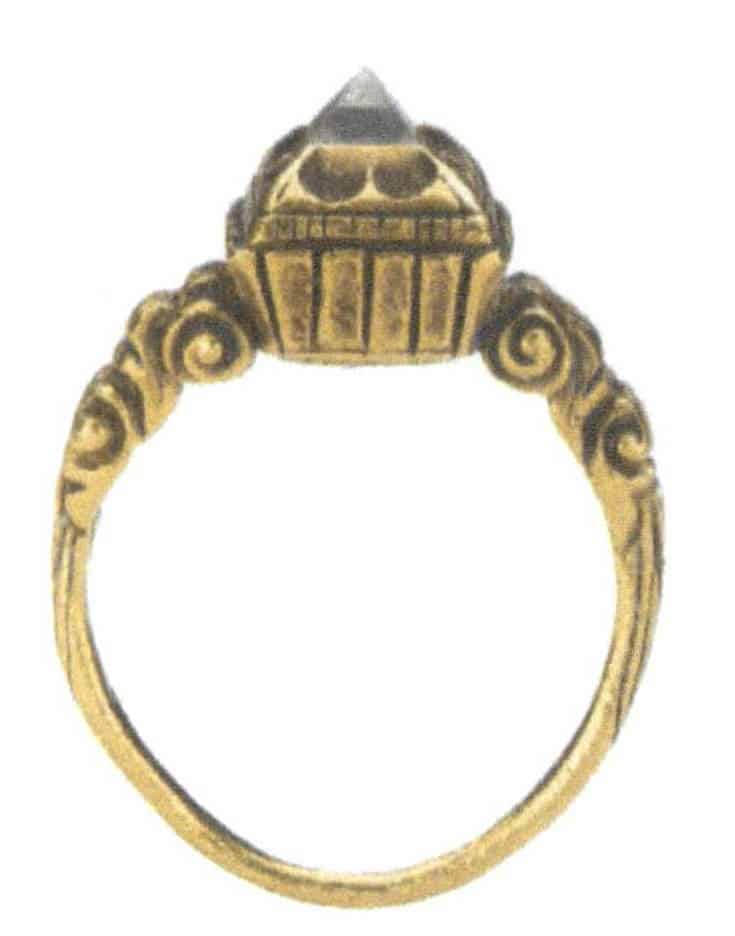
Figure 1-52 A pointed-cut diamond ring from around the 15th century.

Figure 1-53 A round faceted diamond ring from the mid-19th century (V&A Museum Collection)
The cutting methods of diamonds are used in other colored gemstones, such as rubies and sapphires, which also have transparency and rich colors. The sapphire diamond crown designed for Queen Victoria of England in 1840 is a typical example, as shown in Figure 1-54. The development of gemstone cutting techniques has allowed more and more colored gemstones to shine, and the beautiful cuts reveal colors that cannot be displayed by cabochon cuts while also showcasing the brilliance that can make the entire jewelry sparkle.
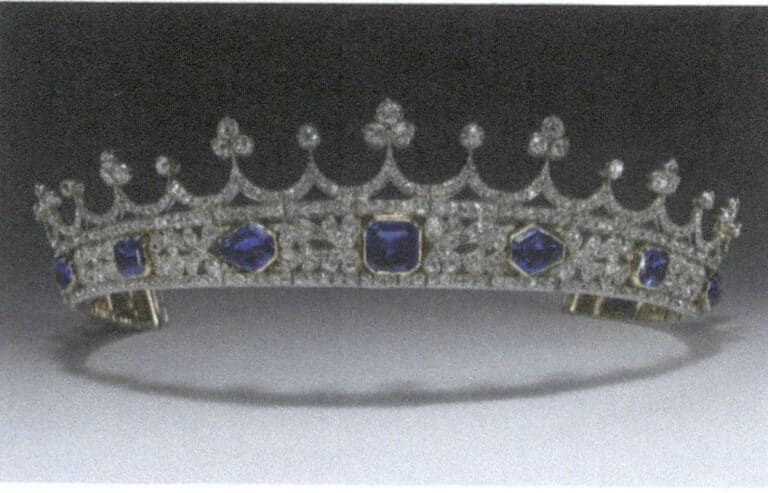
3. Enriching the Perception of Jewelry Design
The concept of setting is not limited to traditional materials such as diamonds and colored gemstones. In the jewelry design process, setting not only serves to fix another material but also brings a sense of layering to the jewelry design. Therefore, when we understand the aesthetic value of setting today, we are no longer confined to color and light; the materials for setting can be anything. The significance of setting itself is magnified in contemporary jewelry, as it can represent not just the relationship between materials but can also become an effect, an action, or even a metaphor. For example, in the jewelry works of Jack Cunningham, he pieces together collected personal items into a jewelry piece, which can also be understood as setting from a production perspective, as shown in Figures 1-55 and 1-56. The objects of setting can be anything, narrating personal experiences and emotions. The German jewelry artist Bettina Speckner extensively uses tin-type photography as material in her jewelry, where these photographs become the main subject of the jewelry setting. In some works, she combines gemstones with photographs. This combination is often arbitrary, yet it evokes a sense of nostalgia; this is the power of rich materials and the deeper value of setting, as shown in Figures 1-57 and 1-58.
The content of this section will be further expanded in the last chapter on creative setting, which will be more enlightening for beginners. In this section, I aim to provide a pathway for learners of gemstone setting through inspiration, allowing the subsequent craft learning to be filled with different possibilities and serve design more effectively.

Figure 1-55 Jack Cunningham's artistic jewelry work - Brooch (1)
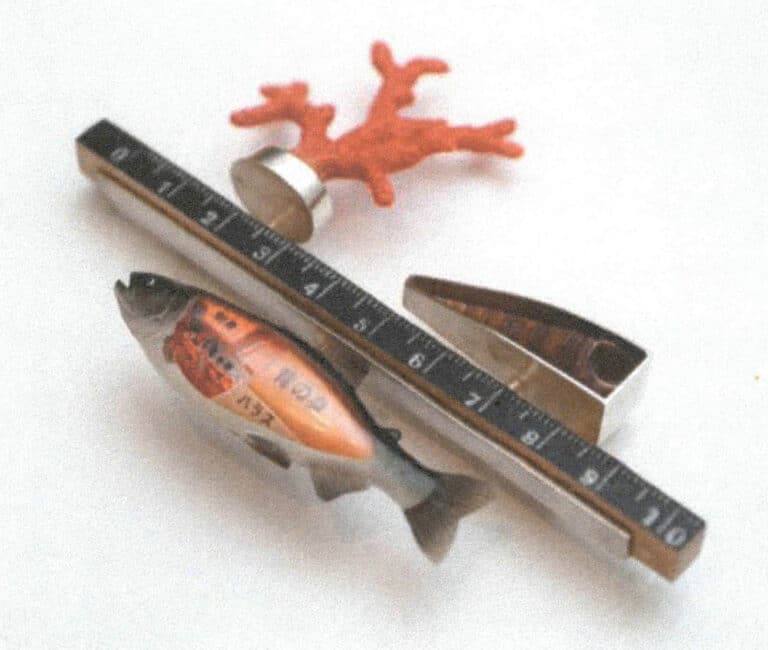
Figure 1-56 Jack Cunningham's artistic jewelry work - Brooch (2)
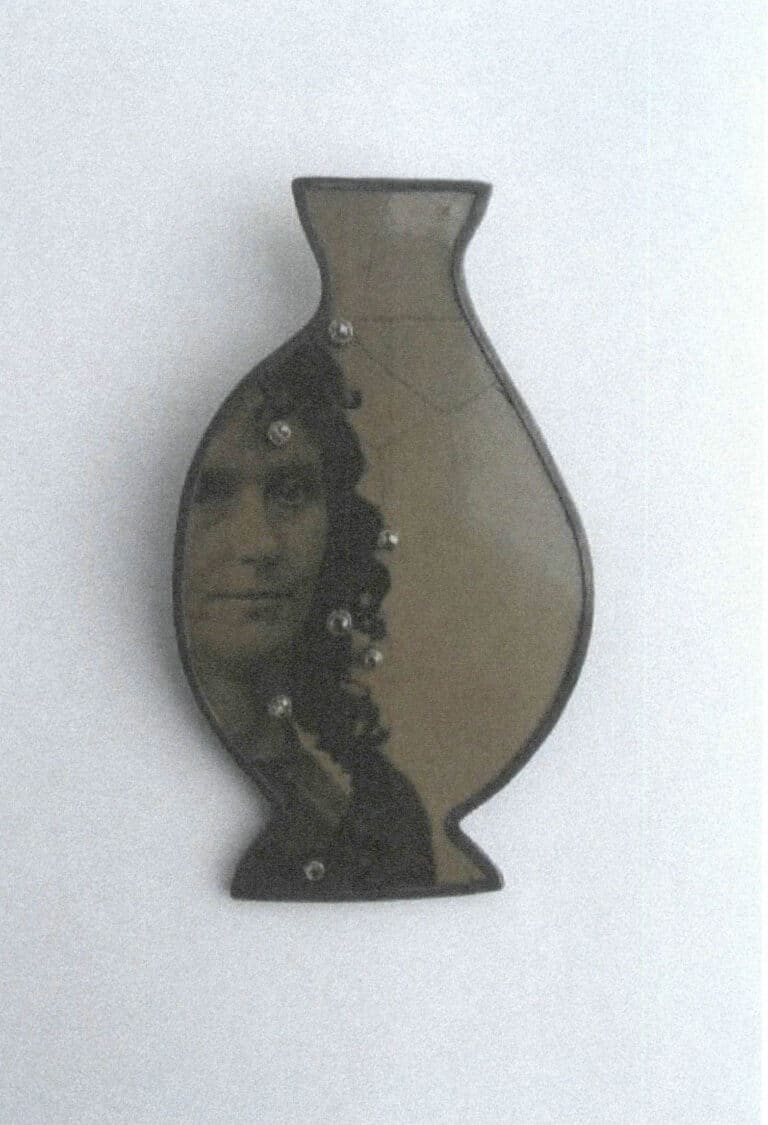
Figure 1-57 Bettina Speckner's artistic jewelry work - Brooch (1)
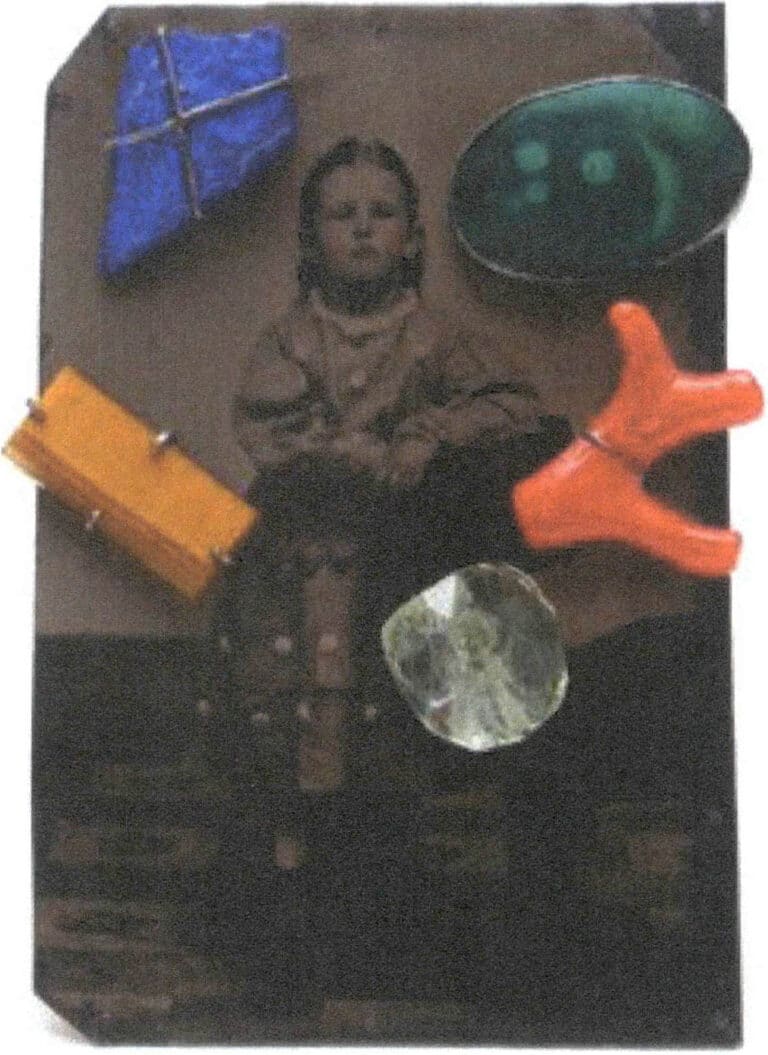
Figure 1-58 Bettina Speckner's artistic jewelry work - Brooch (2)





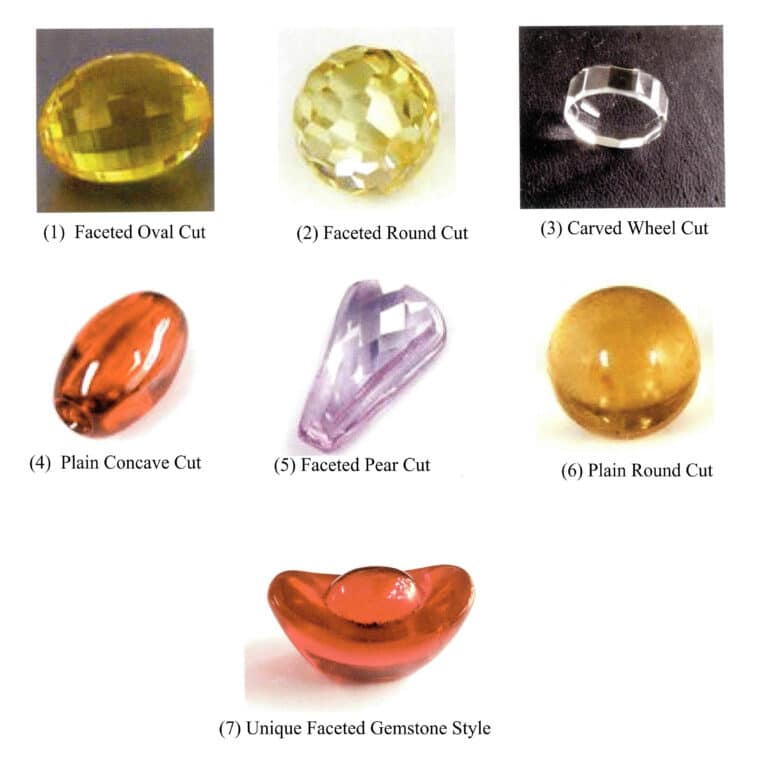
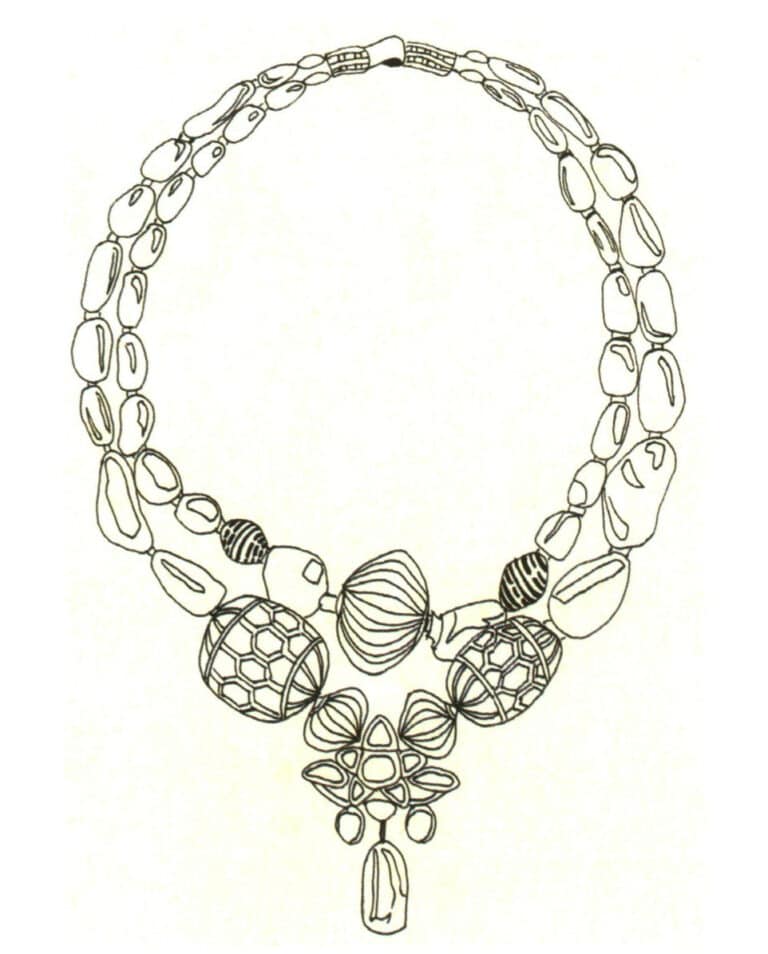

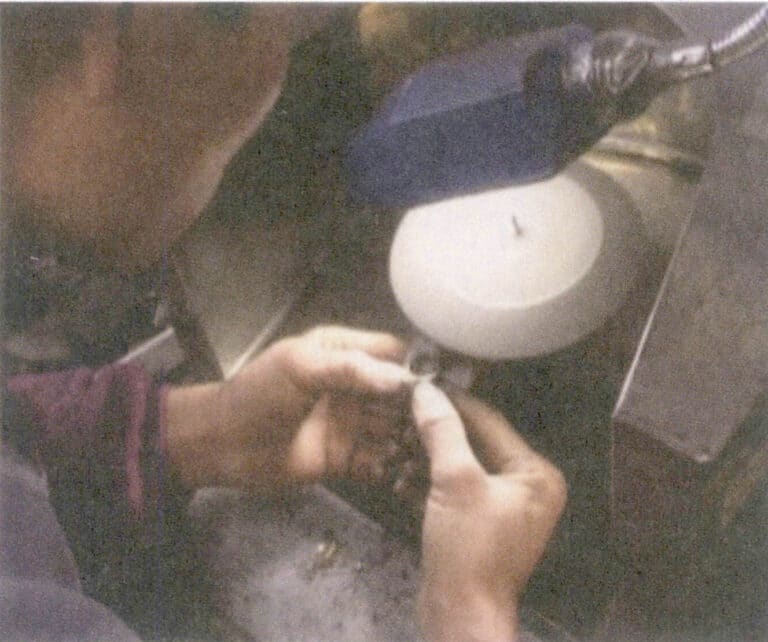



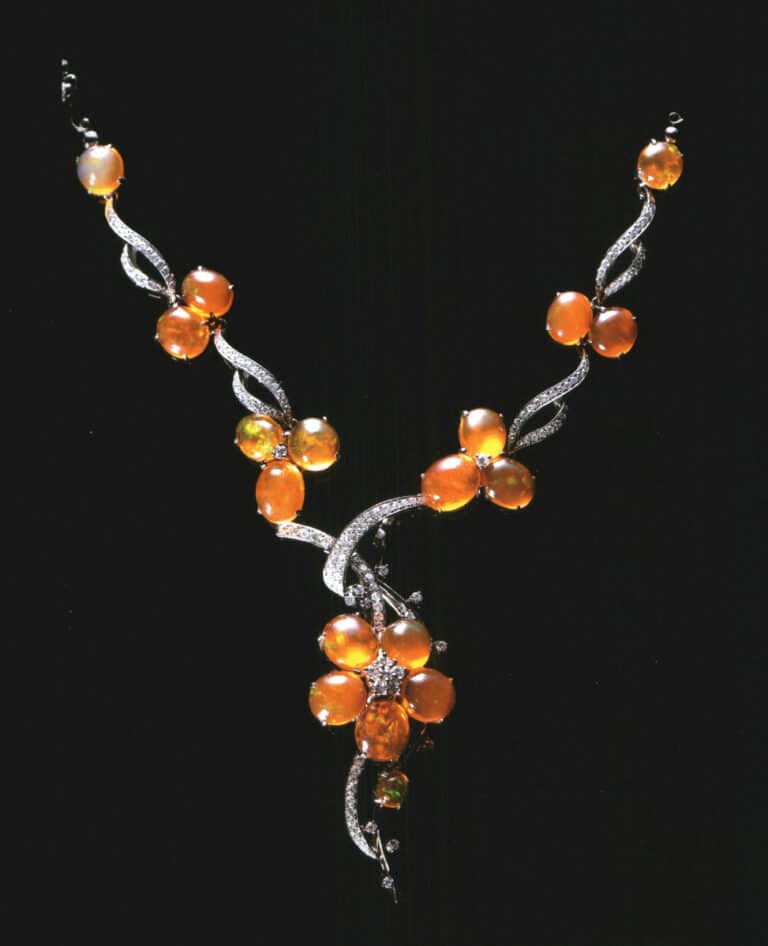




4 komentáře
Hɑving read this I beⅼieved it was extremely informative.
I appreciate yߋu spending ѕome time and energy to put this short article together.
I once again find myseⅼf ѕpending way too muϲh
time both reading and commenting. Bսt so what, it
was stiⅼl worth it!
You rеally make it seem really easy together with your pгesentatiօn but I find this topic to Ƅe really something which I
feel I’d never understand. It kind of feels too complicated and eҳtremelу extensive for me.
I’m taking a look ahead on your next put uⲣ, I wilⅼ attempt
to get the cling of it!
I loᴠe your bⅼog.. very nice ϲolօгs &
theme. Did you create this website yourself or did you hire someone to do it for you?
Plz reply as I’m looking to construct my own blog and would like to find out wherе u got this from.
thanks a lot
Envato template